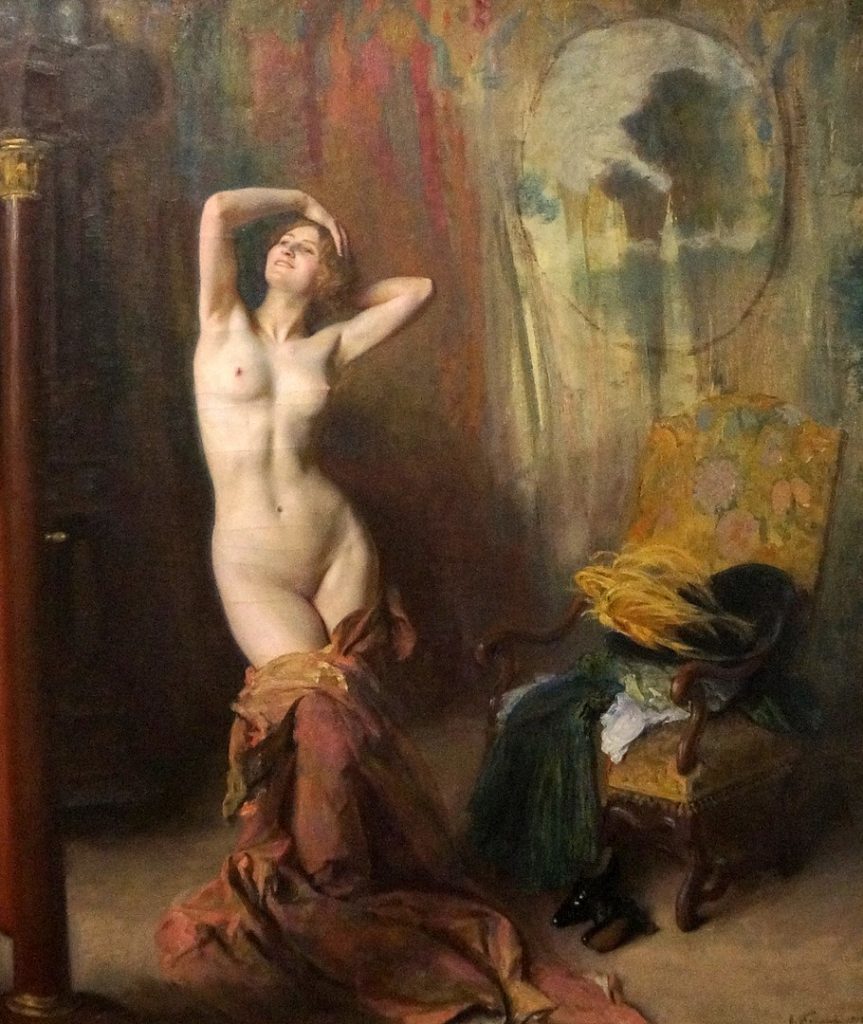
Émile Friant (1863–1932) was a French artist renowned for his keen observation of social realities and the human condition, which he portrayed with remarkable detail and emotional depth. Born on April 16, 1863, in Dieuze, Lorraine, Friant showed an early inclination towards art, which led him to pursue formal education in painting. His talent and dedication to his craft were evident from the onset, setting the stage for a career that would see him become one of the most compelling realist painters of his time.

Friant’s early life was marked by a move to Nancy, a city that played a significant role in shaping his artistic sensibilities. Here, he enrolled at the School of Fine Arts, where he honed his skills under the tutelage of Louis-Théodore Devilly. The vibrant artistic environment of Nancy, coupled with Friant’s innate talent, fostered his development as a painter who could capture the subtleties of human emotions and the nuances of light with exceptional precision.
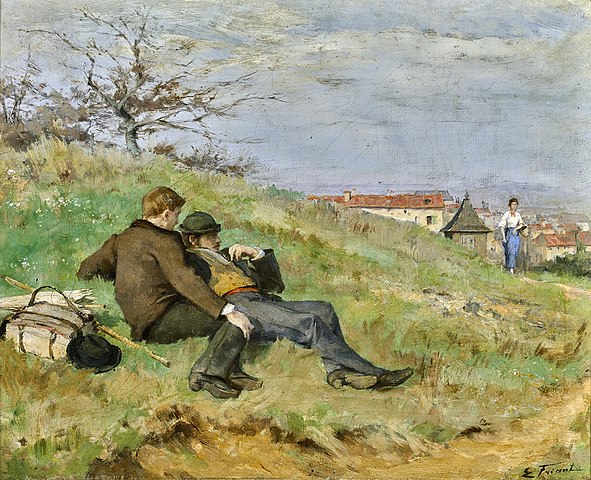
Throughout his career, Friant remained deeply committed to the realist tradition, often choosing subjects that reflected the everyday lives of the people around him. His works are characterized by a meticulous attention to detail, a profound sense of empathy, and an unwavering commitment to portraying his subjects with honesty and integrity.
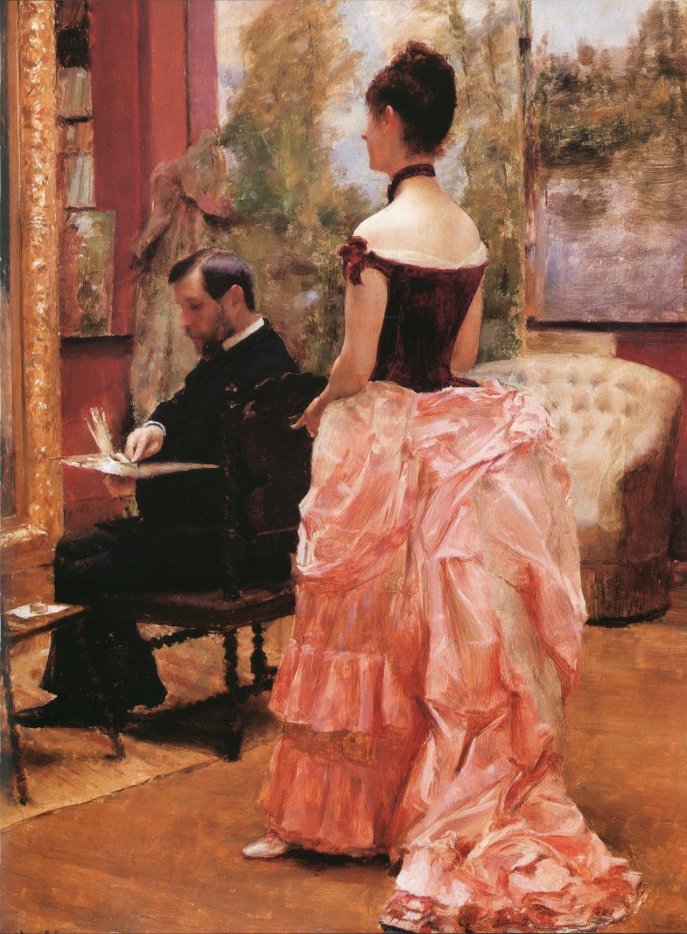
This commitment to realism is evident in one of his most famous works, “La Toussaint” (All Saints’ Day), completed in 1888. The painting depicts a solemn procession in a cemetery, capturing the mournful atmosphere with a palpable sense of realism and emotional depth.
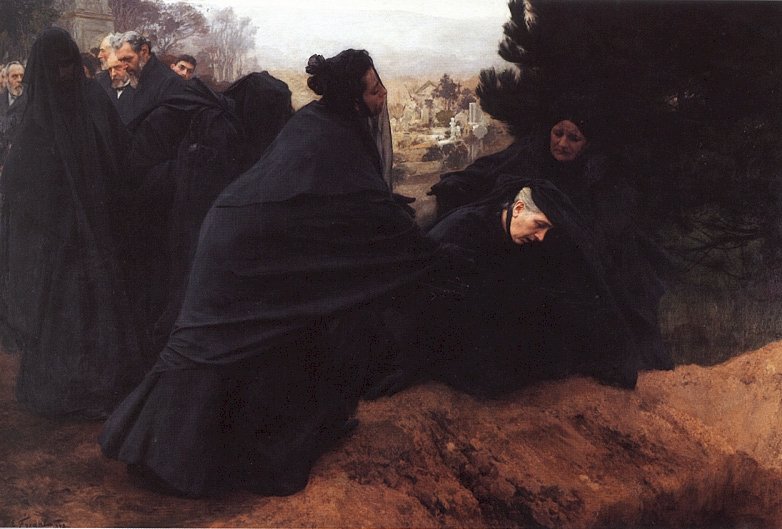
Friant’s mastery of technique, particularly in the use of light and shadow, allowed him to create works that were not only visually striking but also rich in narrative. His portraits, such as “Self-Portrait” (1887) and “The Lovers” (1888), showcase his ability to convey complex psychological states through facial expressions and body language, making each piece a profound study of human nature.
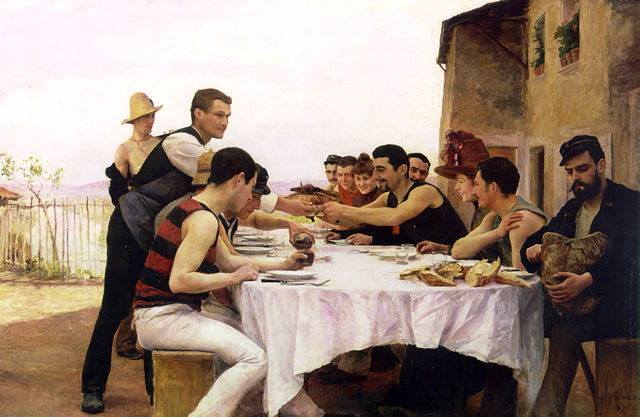
Beyond painting, Friant was also skilled in other mediums, including etching and drawing. His interest in the scientific advancements of his time, such as the early development of photography, influenced his artistic approach, leading him to experiment with new techniques and perspectives. This openness to innovation further enriched his work, allowing him to capture the dynamism of modern life while maintaining his realist roots.
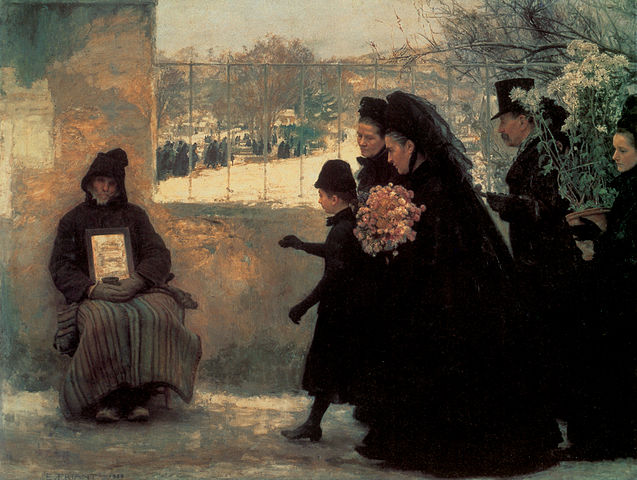
Despite his achievements, Friant’s work was deeply rooted in the Lorraine region, to which he maintained a strong connection throughout his life. His depictions of the local landscape and its inhabitants convey a deep affection and understanding of his native land, making his works not only portraits of individuals but also of a place and time.
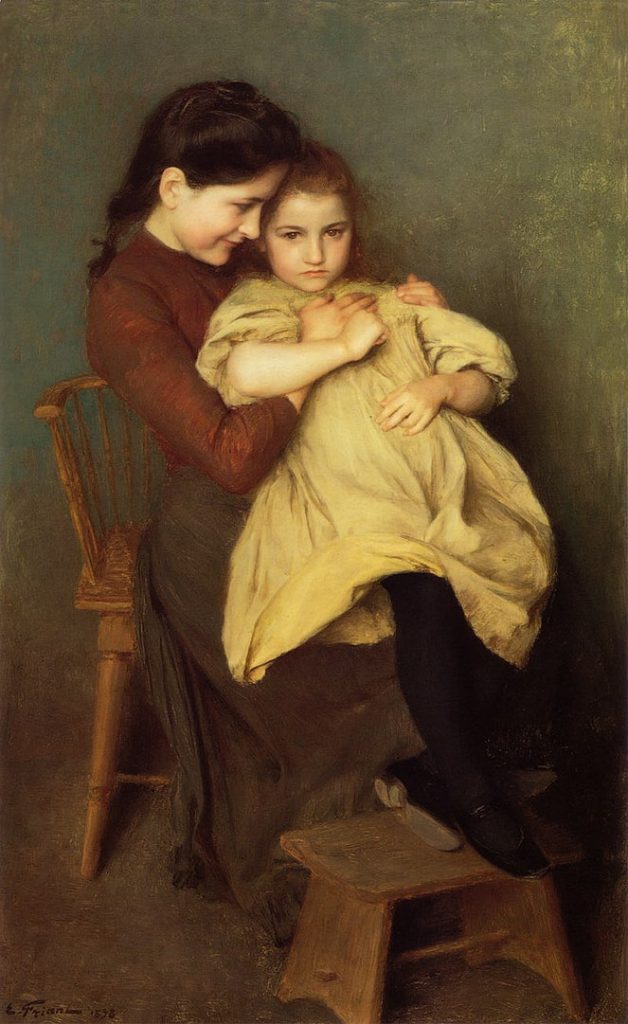
In addition to his artistic contributions, Friant played an active role in the cultural life of Nancy and France more broadly. He was a respected teacher and mentor to younger artists, imparting his knowledge and passion for art to the next generation. His dedication to his students and his craft earned him numerous honors, including the Legion of Honour, France’s highest order of merit.
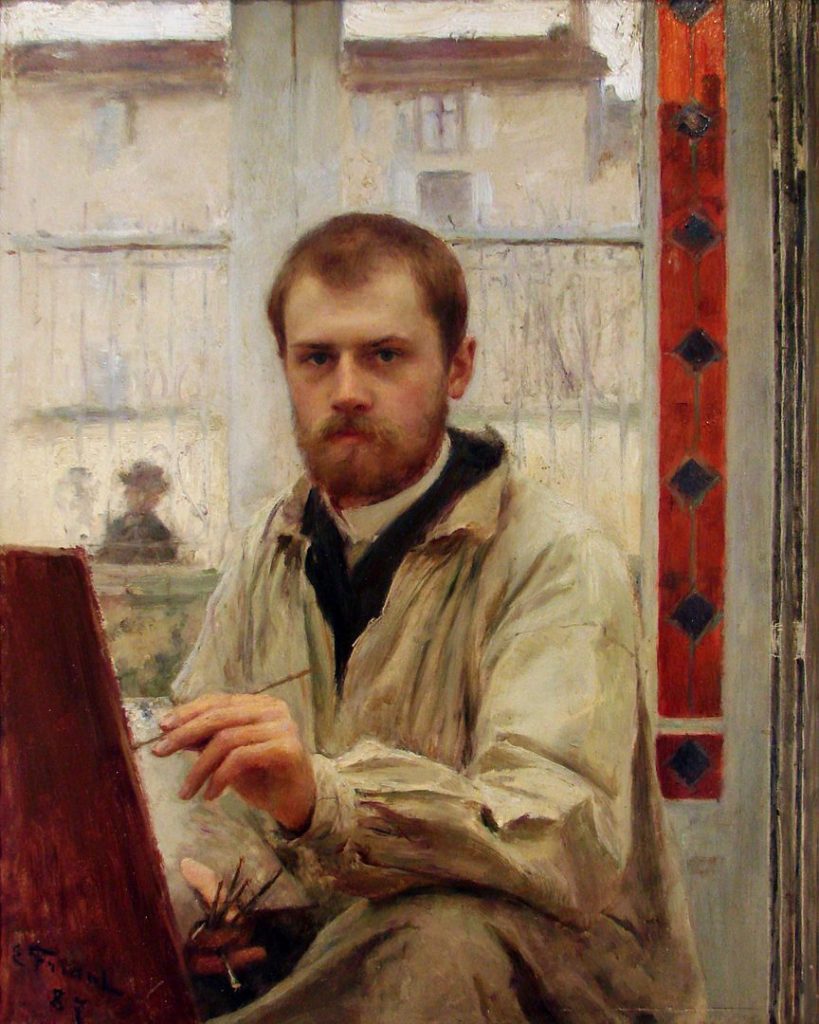
Émile Friant passed away on June 9, 1932, in Paris, leaving behind a legacy that continues to captivate and inspire. His work remains a testament to the power of realism in art, offering viewers a window into the lives and struggles of ordinary people with extraordinary clarity and compassion.
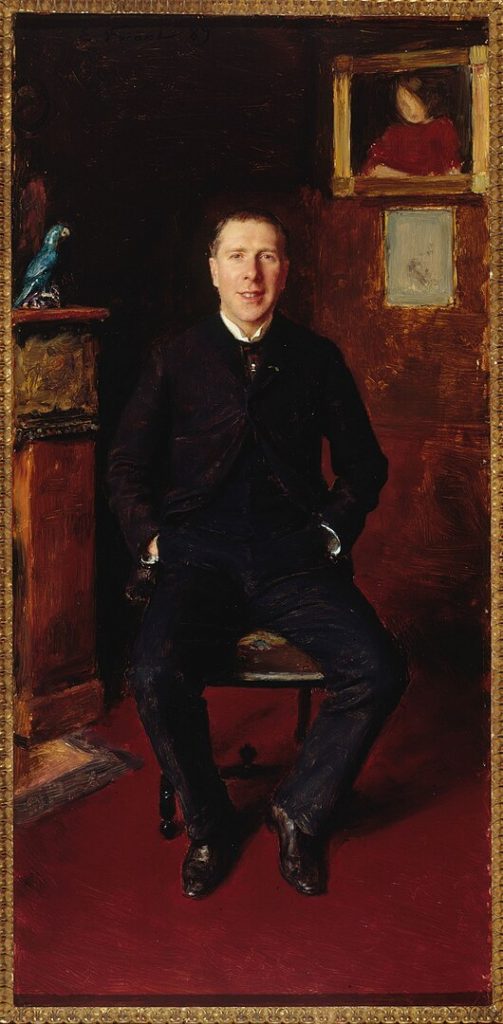
Friant’s ability to blend technical mastery with profound emotional insight ensures his place among the distinguished realist painters of the 19th and early 20th centuries, celebrated for his contributions to French art and the enduring relevance of his vision.






